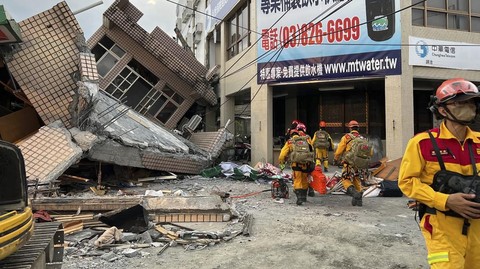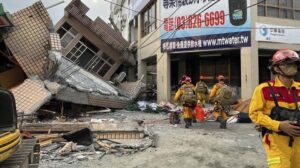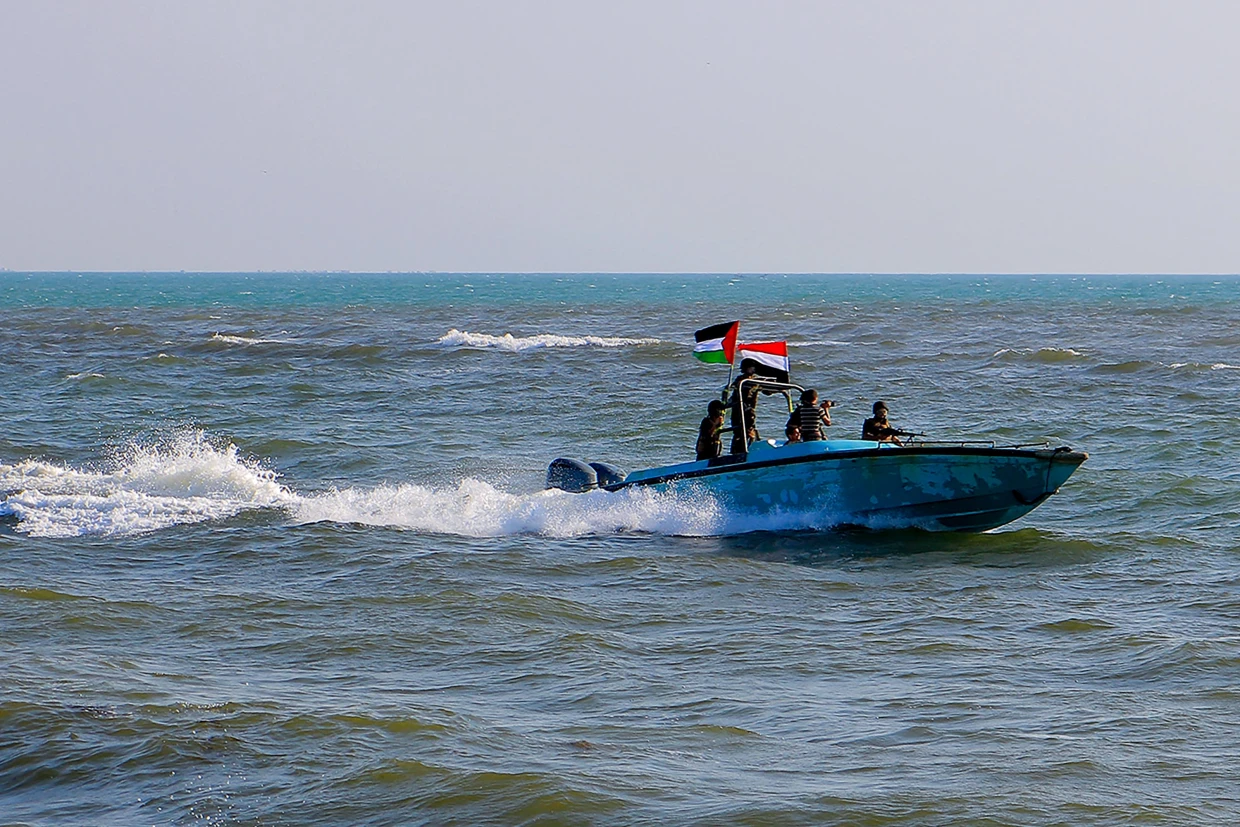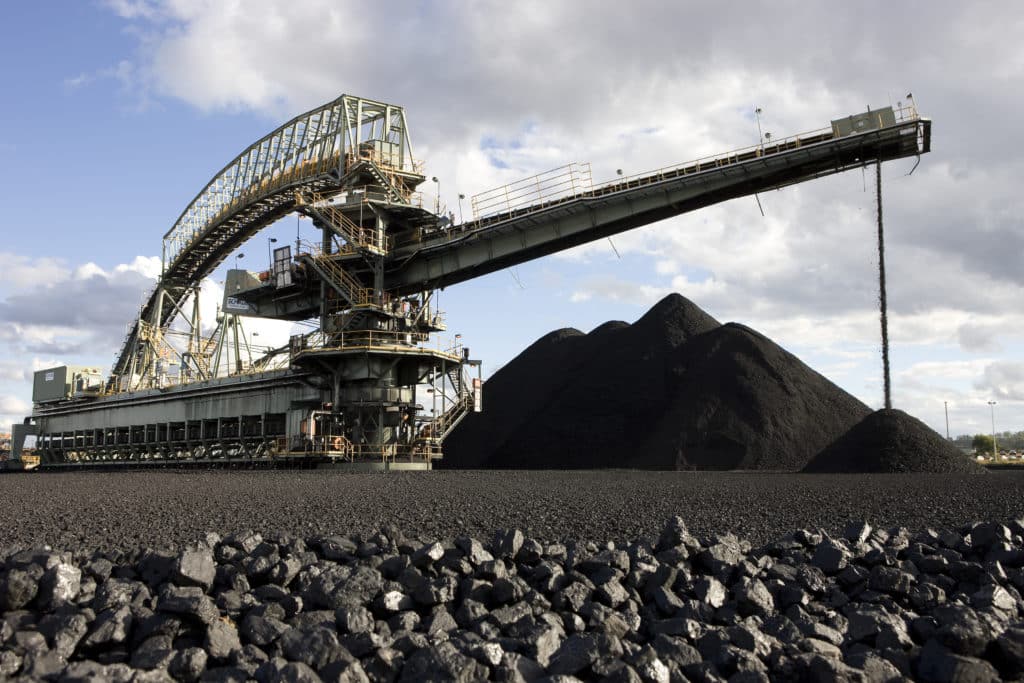

jasoncastromusic.com, Jakarta – When the ground beneath our feet trembles, Mother Nature’s power is on full display. Recently, Taiwan experienced a terrifying M 7.5 earthquake that shook the island to its core, leaving devastation in its wake. Let’s delve into the details of this seismic event and how it has impacted the resilient people of Taiwan.
Magnitude and Location of the Earthquake
The recent M 7.5 earthquake that struck Taiwan sent shockwaves across the nation, leaving a trail of devastation in its wake. The epicenter of the quake was located off the eastern coast of Taiwan, near Hualien City, a popular tourist destination known for its scenic beauty and vibrant culture. Measuring at a magnitude of 7.5 on the Richter scale, this earthquake was powerful enough to cause buildings to sway violently and trigger landslides in mountainous areas. The tremors were felt as far away as Taipei, causing widespread panic and disruption to daily life.
The location of the earthquake made it particularly challenging for rescue teams to reach affected areas quickly due to rugged terrain and damaged infrastructure. Despite these obstacles, first responders worked tirelessly to search for survivors trapped under rubble and provide aid to those injured in the disaster. As aftershocks continue to rattle Taiwan, residents remain on high alert, bracing themselves for any further seismic activity that may follow.
Effects of the Earthquake on Taiwan and its People
The earthquake that struck Taiwan with a magnitude of 7.5 had devastating effects on the island and its people. Buildings crumbled, roads cracked, and panic spread throughout the region as aftershocks rattled nerves already frayed by the initial tremors. Hospitals were overwhelmed with injured individuals seeking medical attention, while families anxiously searched for missing loved ones amidst the chaos. The once bustling streets turned into scenes of destruction and despair, as survivors grappled with the reality of their shattered community.
Amidst the rubble, acts of heroism emerged as ordinary citizens banded together to help those in need. Rescue teams worked tirelessly to locate survivors trapped beneath collapsed structures, offering hope in a time of darkness. As Taiwan begins to assess the full extent of the damage caused by this catastrophic event, one thing remains clear – the resilience and unity displayed by its people in the face of adversity is nothing short of inspiring.
Rescue and Recovery Efforts
In the aftermath of the devastating M 7.5 earthquake that rocked Taiwan, rescue and recovery efforts have been swift and relentless. Emergency response teams worked tirelessly to search for survivors trapped under collapsed buildings, braving aftershocks and unstable structures. Volunteers from all corners of Taiwan selflessly joined hands with professional rescuers, showing incredible solidarity in this time of crisis. The spirit of unity and resilience shone brightly as communities came together to provide support and aid to those affected by the disaster.
Medical teams worked around the clock in makeshift hospitals to treat the injured, providing much-needed relief amidst chaos and destruction. Every life saved was a testament to the unwavering dedication of these brave individuals risking their own safety to help others. Despite facing immense challenges, including logistical hurdles and limited resources, rescuers never wavered in their commitment to saving lives and bringing hope to those impacted by this tragedy. The collective effort showcased the strength and compassion embedded within Taiwanese society during times of adversity.
Possible Causes of the Earthquake
The recent devastating earthquake that shook Taiwan with a magnitude of 7.5 left many wondering about the possible causes behind such a natural disaster. One potential factor could be tectonic plate movements beneath the Earth’s surface, where pressure builds up over time and is released suddenly, causing seismic activity. Another consideration is the location of Taiwan along the Pacific Ring of Fire, known for its high levels of seismic and volcanic activity. The collision between the Philippine Sea Plate and Eurasian Plate in this region also contributes to frequent earthquakes.
Moreover, human activities such as mining, drilling, or reservoir-induced seismicity can sometimes trigger earthquakes when they interfere with underground rock formations. Understanding these potential causes is crucial for implementing effective measures to mitigate risks and enhance preparedness in earthquake-prone areas like Taiwan.
Preparedness for Earthquakes in Taiwan
Living in an earthquake-prone region like Taiwan, preparedness is key to mitigating the impact of such natural disasters. One crucial aspect of readiness is having a well-thought-out emergency plan in place. This includes knowing safe evacuation routes, designated meeting points for family members, and essential supplies like food and water. Regular drills and exercises can help familiarize residents with proper safety procedures during an earthquake. Being informed about early warning systems can also make a significant difference in response time.
Structural reinforcement of buildings and infrastructure is vital to reducing casualties and damage. Taiwan has made strides in implementing stricter building codes to ensure structures are earthquake-resistant. Education plays a pivotal role in enhancing public awareness about seismic risks and how to stay safe during earthquakes. By empowering individuals with knowledge, Taiwan can better cope with the aftermath of such disasters.
Conclusion: Lessons Learned and Moving Forward
In times of crisis and uncertainty, the resilience and unity of the people in Taiwan have shone through. The recent M 7.5 earthquake that shook Taiwan, resulting in tragic losses but also showcasing the strength of the community during rescue and recovery efforts.
As we reflect on this natural disaster, it is crucial to learn from the experience and continue to prioritize preparedness for future events. By investing in early warning systems, conducting regular drills, and educating citizens on safety measures during earthquakes, Taiwan can better protect its population.
Moving forward, let us remember those who lost their lives in this tragedy and honor them by taking proactive steps towards a safer future. Together, as a nation united in purpose, we can face any challenges that come our way with courage and determination.







